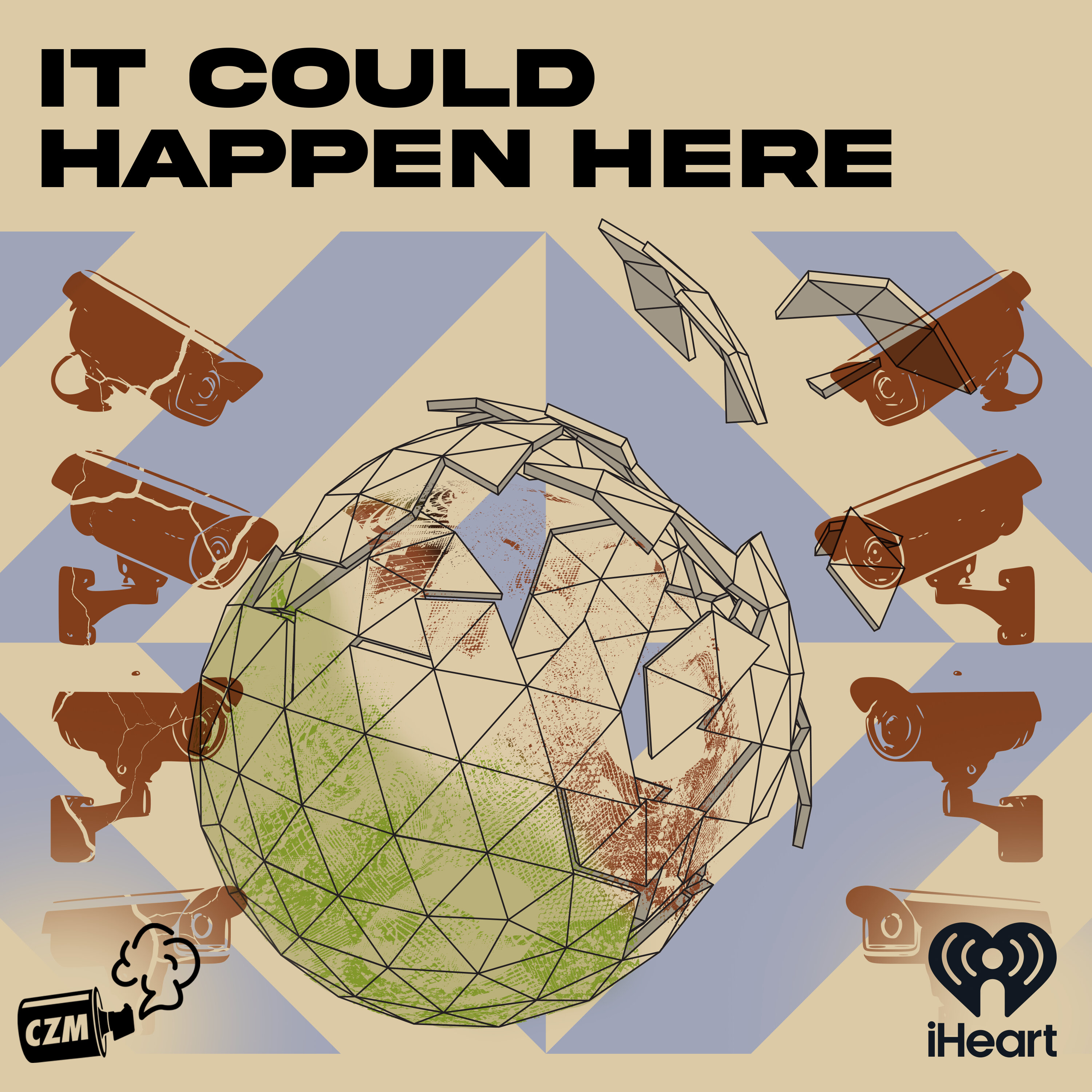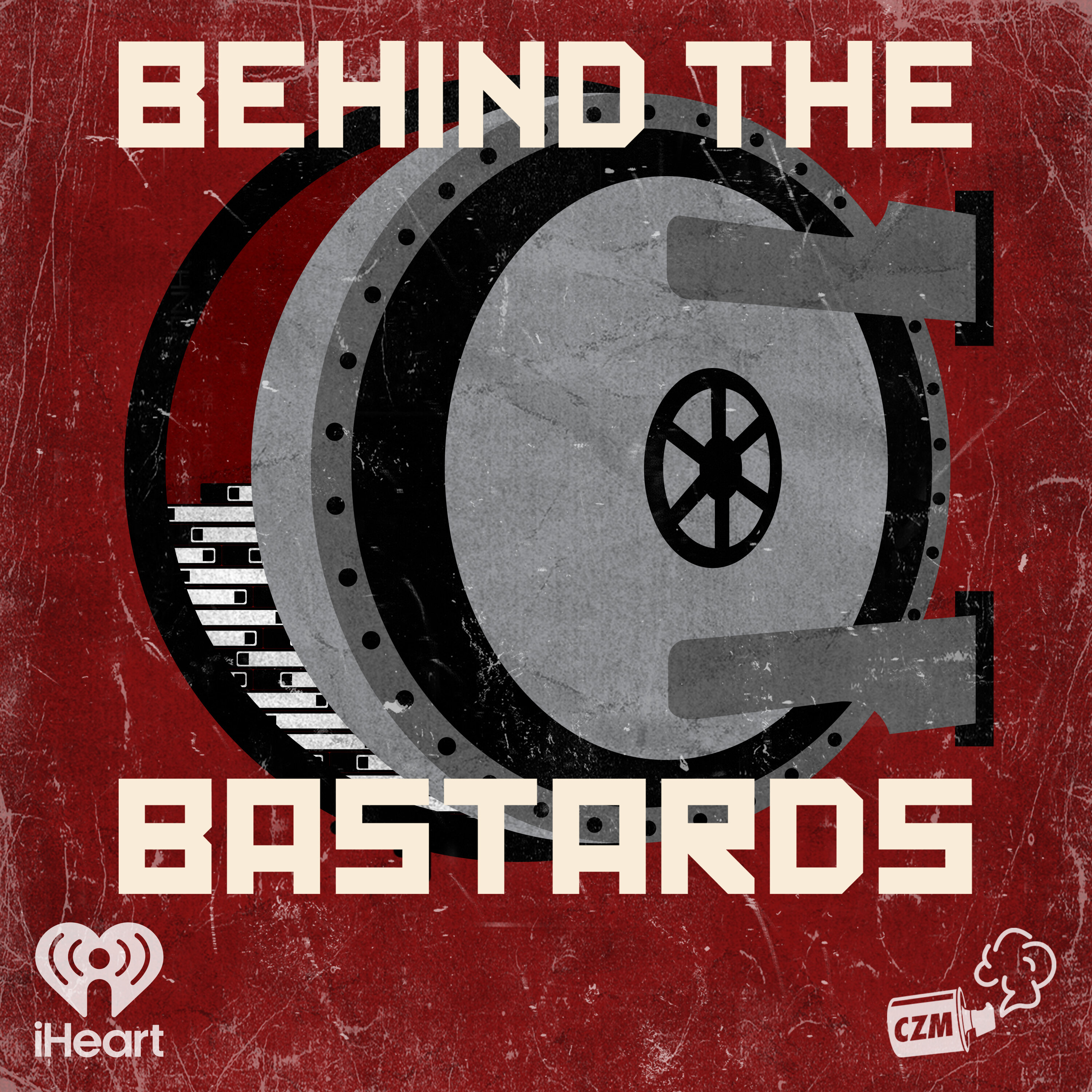
Key Insights
Why do migrants risk their lives crossing the Darién Gap?
Migrants risk their lives crossing the Darién Gap because they face dire conditions in their home countries, such as civil war, economic collapse, and state violence, making the perilous journey worth the risk for a chance at a better future in America.
How does the Darién Gap impact the local Emberá community of Bajo Chiquito?
The Darién Gap has transformed Bajo Chiquito from a tiny indigenous village into an unofficial reception center for migrants, providing economic benefits through lodging, food, and services, but also straining resources and infrastructure.
What challenges do migrants face during their journey through the Darién Gap?
Migrants face numerous challenges including waist-high mud, deep rivers, giant boulders, perilous ravines, sheer cliff faces, lack of water and food, inadequate clothing and footwear, and no medical attention. They also encounter dead bodies and potential criminal attacks.
How does the US immigration policy contribute to the dangers faced by migrants?
US immigration policy, by refusing to create more legal pathways, forces people to take dangerous routes like the Darién Gap. The lack of legal alternatives pushes migrants into the hands of criminals who commit sexual assaults, murders, and armed robberies in the jungle.
What role do the Emberá people play in the journey of migrants through the Darién Gap?
The Emberá people, particularly in Bajo Chiquito, play a crucial role in welcoming and assisting migrants. They provide shelter, food, and other essential services, often charging minimal fees, and have adapted their community to support the influx of migrants.
What is the impact of US funding on Panamanian efforts to manage migration?
US funding supports Panamanian efforts to deport migrants, which includes funding flights and detaining facilities. This funding, however, does not address the root causes of migration or provide support for the humanitarian needs of migrants in Panama.
How do migrants perceive the American dream, and what are their expectations?
Migrants perceive the American dream as a chance to work, earn a fair wage, send their kids to school, feel safe in their homes, and express themselves freely without fear of consequences. They cling to these modest dreams despite knowing the challenges they face.
What are the economic benefits and drawbacks for the Emberá community due to migration?
The economic benefits include increased income from providing services to migrants, leading to improvements in housing and infrastructure. However, the influx of migrants also strains resources and raises concerns about the sustainability of the community's traditional way of life.
What are the environmental and geographical challenges of the Darién Gap?
The Darién Gap is one of the wettest places on the planet, with flash flooding, unbridged rivers, and a dense, triple canopy forest. The terrain is extremely difficult to navigate, with steep mountains, deep mud, and dangerous wildlife, making it one of the most impenetrable and dangerous migration routes.
How does the media portrayal of migrants influence public perception and policy?
Media portrayals often victimize and ridicule migrants, turning them into pariahs and beggars, which can influence public perception and policy. Negative narratives can lead to policies that are more punitive and less compassionate, ignoring the human dignity and needs of migrants.
Chapters
- Migrants encounter dead bodies and extreme conditions during their trek.
- Children and families suffer from lack of water and food.
- Migrants focus on moving forward despite the dangers.
Shownotes Transcript
In this series, James describes his journey into the Darién Gap, one of the most remote and dangerous migration routes on earth. We hear from migrants from around the world about the dangers of the journey, their fears that forced them to take it, and their dreams for America.
It Could Happen Here Weekly 154
Sources can be found in the descriptions of each individual episode.
The Green Hell: Migration Through the Darién Gap
- We Are All Brothers: How the Emberá Community of Bajo Chiquito Welcomes Migrants in the Darién Gap
- They Don’t Care About Us: What Migrants Leave Behind
- As If We Had Been Imprisoned: The Migrant Reception Center
- What Can You Do? Mutual Aid Along the Migrant Journey
You can now listen to all Cool Zone Media shows, 100% ad-free through the Cooler Zone Media subscription, available exclusively on Apple Podcasts. So, open your Apple Podcasts app, search for “Cooler Zone Media” and subscribe today!
See omnystudio.com/listener) for privacy information.

